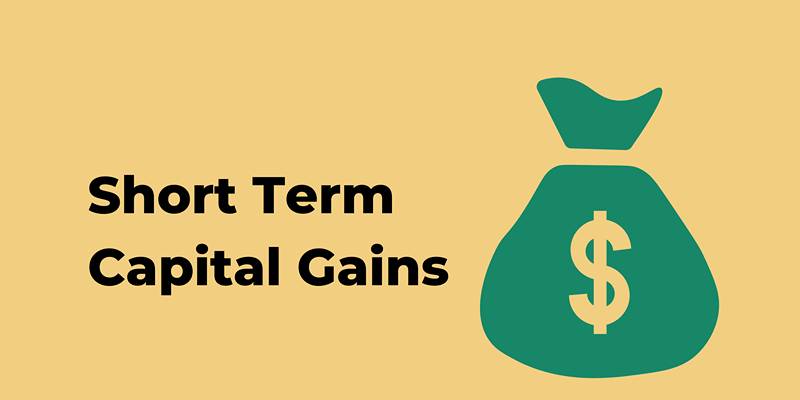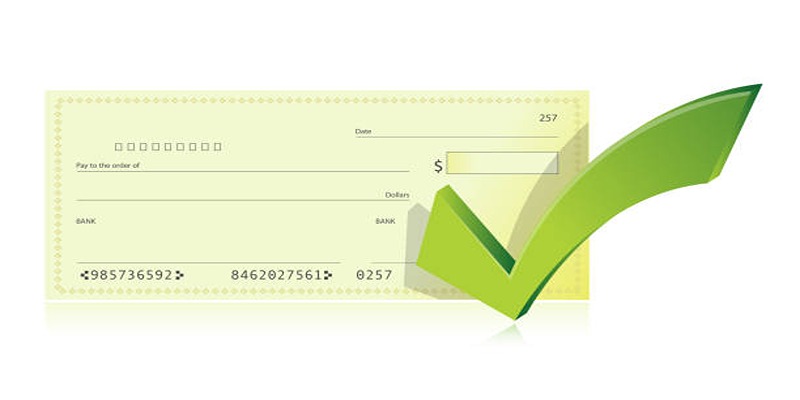Taxable accounts are a fundamental component of personal finance and wealth building. Unlike retirement-focused accounts, such as 401(k)s and IRAs, taxable accounts do not offer tax advantages either during the contribution phase or at withdrawal. Instead, they operate with standard taxation policies set by the IRS. Contributions to these accounts are made with after-tax income, and any profits realized within the account are subject to capital gains taxes.
Investors using taxable accounts can purchase a wide range of investment vehicles, including individual stocks, bonds, mutual funds, exchange-traded funds (ETFs), and other securities. The absence of contribution limits and withdrawal restrictions makes taxable accounts a highly flexible financial tool suitable for a wide range of goals beyond traditional retirement savings.
Types of Taxable Accounts
Taxable accounts generally fall into two major categories, offering options based on the investor’s level of involvement and preference for portfolio management style.
Traditional Brokerage Accounts
A traditional brokerage account provides investors with direct control over their assets. Individuals using these accounts decide which stocks, bonds, ETFs, or mutual funds to purchase or sell. Today, most brokerage platforms offer commission-free trading for stocks and ETFs, making self-directed investing more cost-effective than ever before.
Traditional accounts offer a wide selection of investment options, including U.S. equities, international stocks, fixed-income products, options, commodities, and sometimes even alternative assets like real estate investment trusts (REITs).
Robo-Advisors
For those who prefer a more automated approach, robo-advisors provide an efficient solution. Robo-advisory platforms use algorithms to construct and manage investment portfolios based on an investor’s goals, risk tolerance, and investment timeline. After completing a simple questionnaire, the platform recommends a diversified portfolio and automatically rebalances it as needed.
While robo-advisors charge an annual fee, typically ranging from 0.25% to 1% of the account balance, some platforms offer limited services free of charge. Robo-advisors are particularly useful for investors seeking a "set-it-and-forget-it" investment strategy without active management responsibilities.
Tax Implications for Taxable Accounts

Tax treatment is the defining characteristic of taxable accounts. How and when taxes apply depends largely on the nature of the income and the holding period for investments, making it important for investors to understand these rules to manage their tax burdens efficiently.
- Short-Term Capital Gains: Investments that are sold within a year of being bought are treated as regular income. If an owner makes a lot of money, they may have to pay as much as 37% in taxes on these gains.
- Long-Term Capital Gains: Securities held for more than one year benefit from favorable long-term capital gains tax rates. Depending on taxable income, the rates are typically 0%, 15%, or 20%.
- Dividend Income: You can get qualified or non-qualified dividends from stocks. Long-term capital gains rates are lower for qualified dividends than for non-qualified dividends. Non-qualified dividends are taxed as regular income.
- Capital Losses: When stocks are sold at a loss, the losses can be used to cancel out capital gains. It lowers taxable income. If total losses are higher than total gains, you can deduct up to $3,000 of the loss from your other income each year. Any amount over $3,000 will be rolled over to the next year.
Managing the tax consequences of a taxable account wisely can significantly impact an investor’s overall returns.
Features That Make Taxable Accounts Stand Out
While taxable accounts do not offer tax deferral or deductibility, they come with features that make them indispensable for many investors.
- Liquidity Without Restrictions:
One of the biggest advantages is the complete freedom to access funds. Unlike retirement accounts, which often impose penalties for early withdrawals or limit access before a certain age, taxable accounts allow withdrawals at any time for any reason. It makes them suitable for emergency funds, home purchases, education expenses, or major life events.
No Contribution Limits:
Taxable accounts allow unlimited contributions, which is especially beneficial for individuals who have already maxed out their 401(k), IRA, or HSA. There is no ceiling on how much can be invested each year, offering flexibility to high-income earners or those with windfalls to deploy.
Broad Investment Options:
Investors are not limited in the types of assets they can purchase. Taxable accounts support a wide range of securities, including individual stocks, ETFs, bonds, and mutual funds. Some also offer access to alternative investments depending on the brokerage.
No Mandatory Distributions:
Taxable accounts do not require required minimum distributions (RMDs), which are mandated in many retirement accounts once the account holder reaches a certain age. Investors can let their funds grow indefinitely or make time withdrawals according to personal financial goals or market conditions.
Step-Up in Cost Basis for Heirs:
In estate planning, taxable accounts offer a favorable tax treatment. When the account holder passes away, beneficiaries typically receive a “step-up” on a cost basis, meaning the value of the investments is reset to their market value at the time of death.
Strategies to Minimize Taxes on Taxable Accounts

Although taxable accounts do not offer explicit tax advantages, strategic management can help minimize tax liability:
- Long-Term Investing: Holding investments for over one year ensures access to lower long-term capital gains tax rates.
- Tax-Loss Harvesting: Selling losing investments to offset gains can significantly reduce taxable income.
- Dividend Management: Prioritizing qualified dividend-paying investments can lower annual tax bills.
- Municipal Bonds: Investing in municipal bonds can provide tax-free interest income, which is especially attractive to high-income investors.
Proper tax planning and a thoughtful investment strategy can maximize the after-tax returns on taxable accounts.
Conclusion
Taxable accounts are a flexible and powerful tool for investors looking to grow their wealth outside the limitations of retirement accounts. They offer complete freedom over contributions and withdrawals while providing access to a wide range of investment options. Although they do not deliver direct tax advantages, strategic management can help minimize tax liabilities over time.
For anyone serious about financial planning, taxable accounts play an essential role alongside tax-advantaged savings. Building a diversified investment strategy often starts with balancing both types of accounts effectively.












